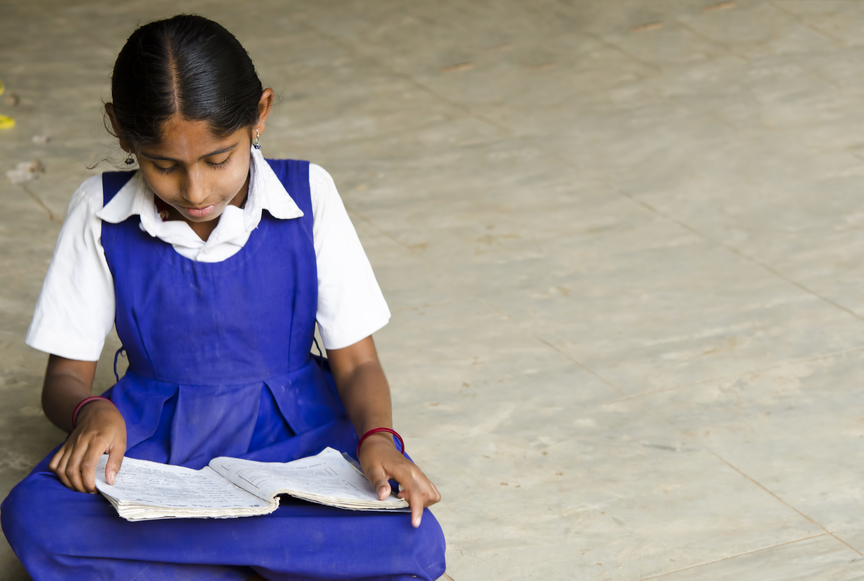Over 2.94 crore children have no access to digital devices: Education Ministry
Atul Krishna | October 8, 2021 | 01:18 PM IST | 2 mins read
Over 26 lakh children had no radio access and over 25 lakh children did not have laptops or desktops, the ministry of education report said.

NEW DELHI: More than 2.94 crore children in India have no access to digital devices, a report released by the ministry of education revealed. The report, however, does not give the complete picture as six states, including highly populated states such as Uttar Pradesh, Maharashtra and West Bengal, are yet to submit their reports.
Bihar, with 1.4 crore children without access to digital devices, was the worst performing state amounting to almost half of the total number of children without digital access. Jharkhand and Karnataka were the second and third worst performing states with 32.5 lakh children and 31.3 lakh children, respectively, without access to digital devices.
Also read | PM Poshan is an old scheme with a new name: Activists
There was no data available from states such as Arunachal Pradesh, Goa, Maharashtra, Manipur and Uttar Pradesh. West Bengal reported that the survey is in progress.
Rajasthan reported that it had no children without access to digital devices.
Only 25 states and union territories reported in absolute numbers. Some states shared the percentage rather than the number of children without digital devices. Jammu Kashmir said that 70 percent of their children had no access to digital devices while Delhi reported that only 4 percent of their children had a lack of access.
Also read | Over 43,000 schools out of education database, requires scrutiny: Educationist
The report titled ‘Initiatives by school education sector in 2020-21 for continuing teaching and learning’ also said that formal education for 26.45 crore children, 96.87 lakhs teachers and 15.07 lakhs schools were impacted by the COVID-19 pandemic.
The report found that close to 26 lakh children in India had no radio access, more than 25 lakh children had no desktop or laptop, more than 2 lakh have no mobile access and more than 3.8 lakh children has no TV access,
Even well-funded schools such as the central government’s Jawahara Navodaya VIdyalayas (JNVs) and Kendriya Vidyalayas (KVs) did not have full coverage of digital devices. The report found that more than seven percent of students in JNVs were without access to digital devices. In KVs, 98 percent of students were reported to have“full or partial access” to digital devices.
Follow us for the latest education news on colleges and universities, admission, courses, exams, research, education policies, study abroad and more..
To get in touch, write to us at news@careers360.com.